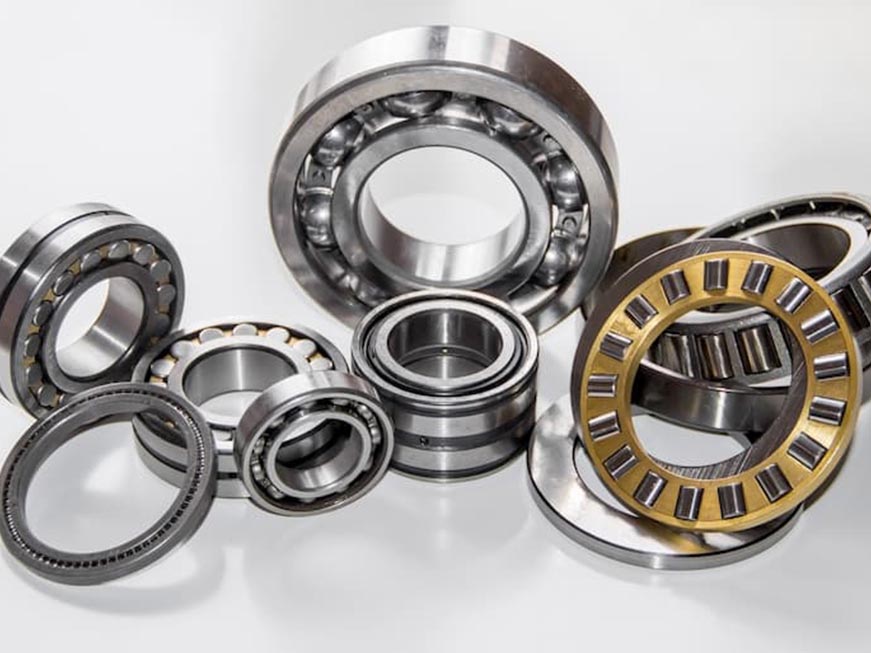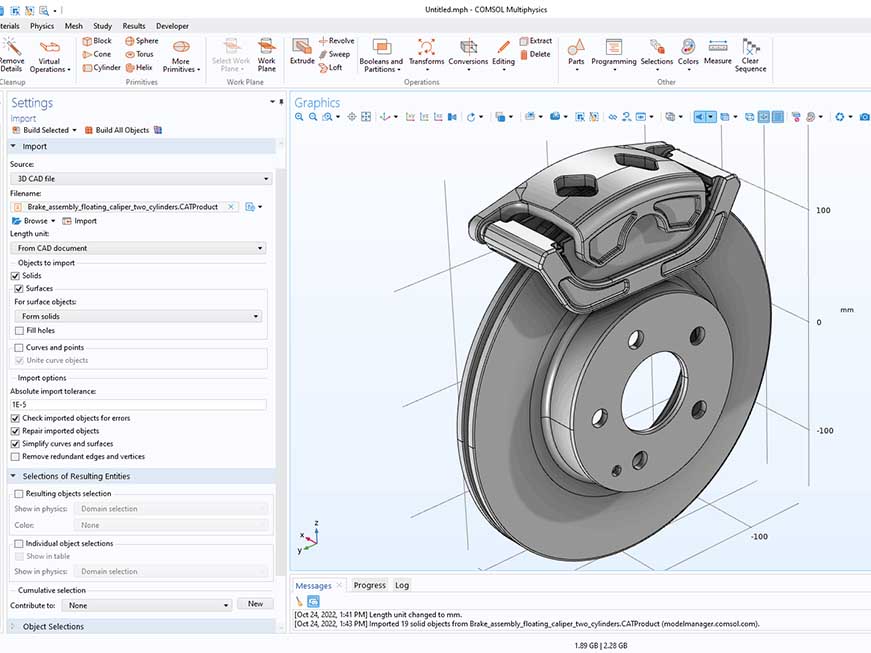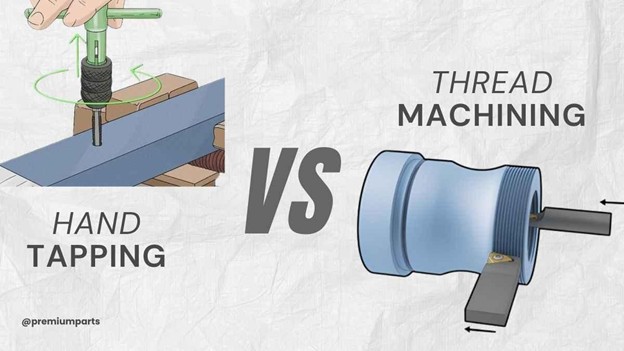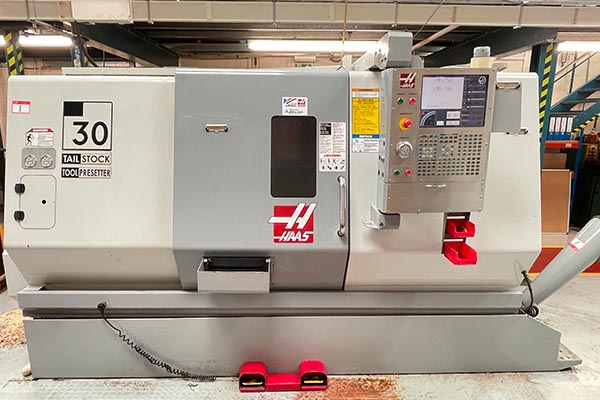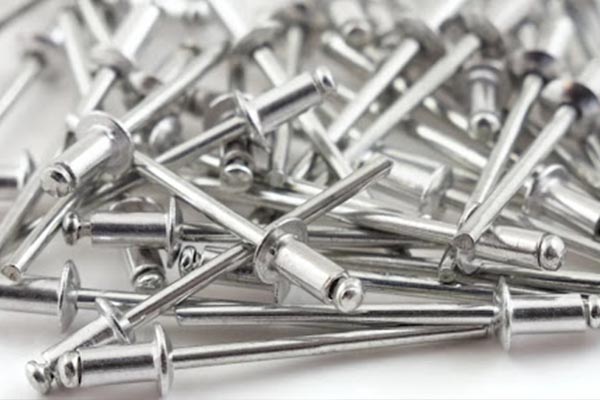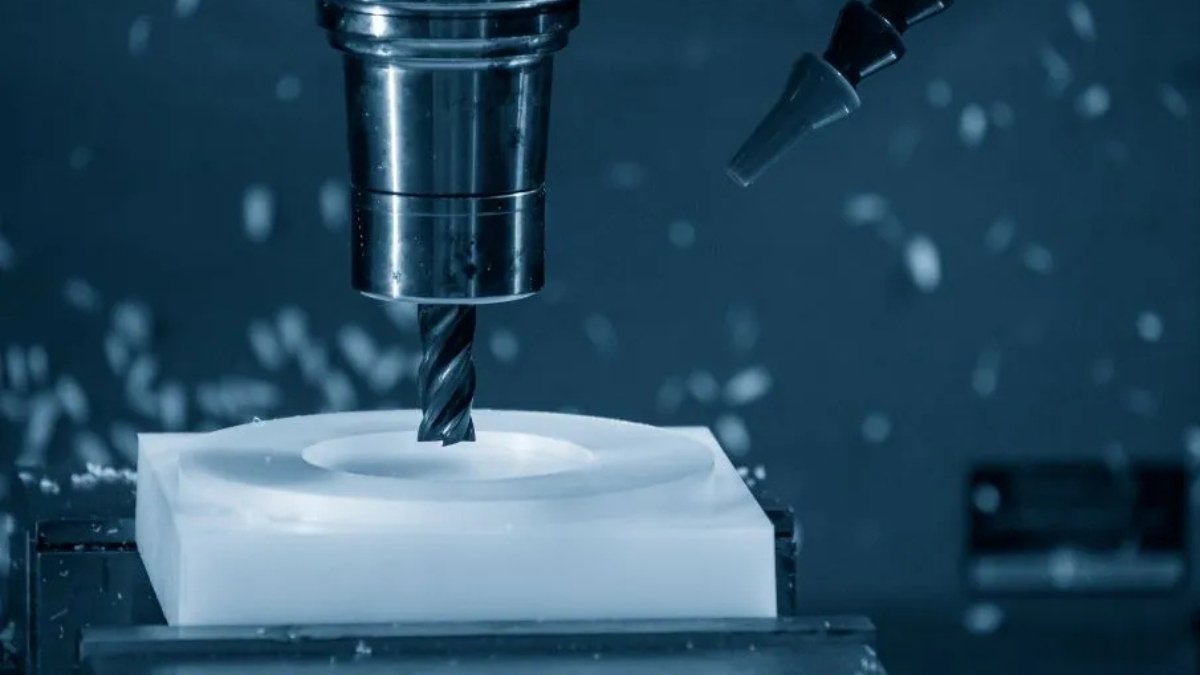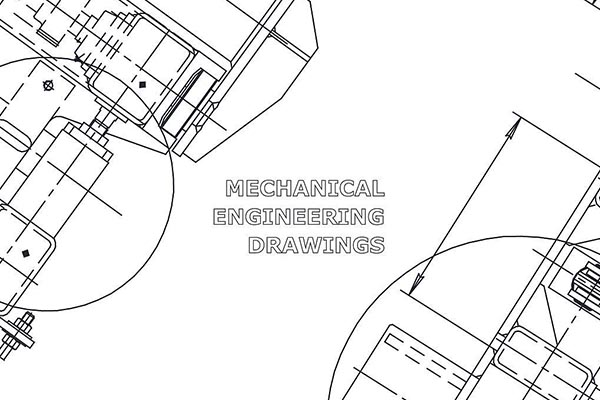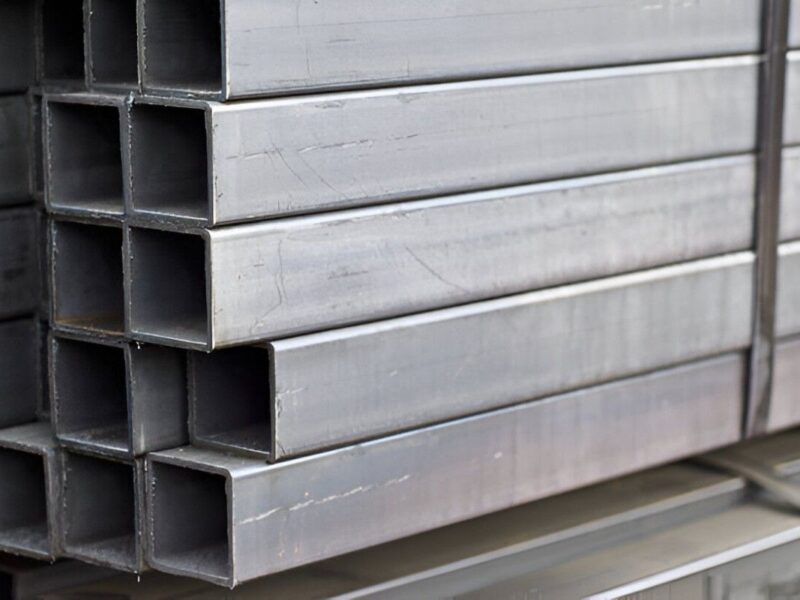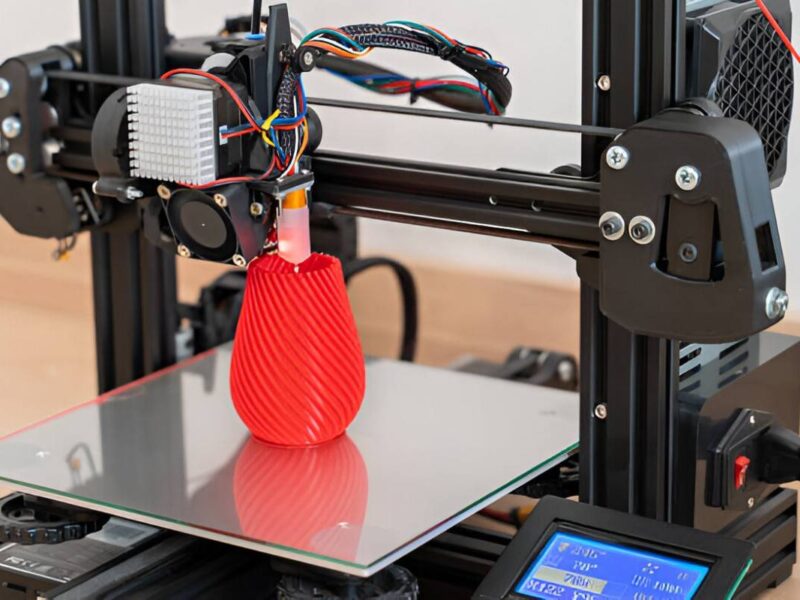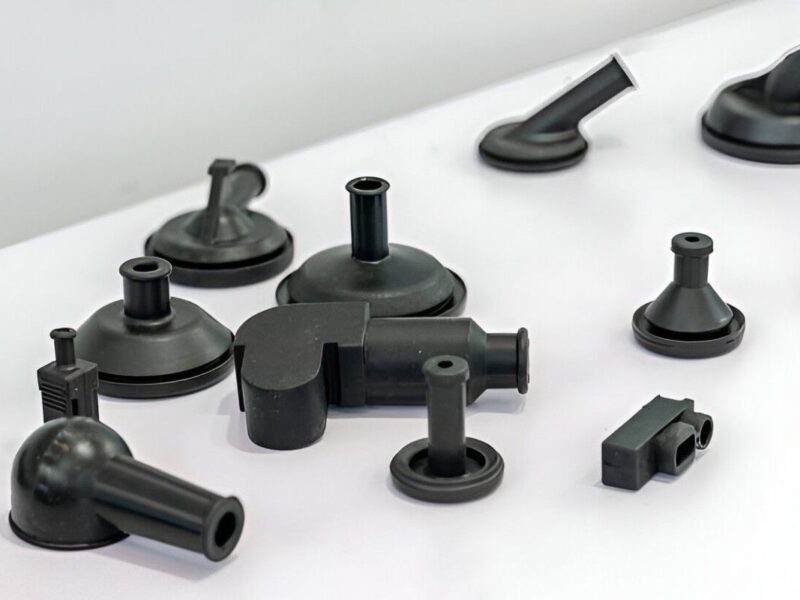So you’ve got this part in mind. Maybe it’s a simple bracket, a housing for a gadget, or a custom metal piece for a new product. You’re not looking to mass-produce it—at least not yet. You just want a few solid, precise prototypes that actually work.
You start searching online. Suddenly, you’re knee-deep in phrases like “multi-axis CNC machining,” “tolerances,” and “toolpaths.” It’s overwhelming.
Let’s slow things down.
If you’re new to CNC machining or just trying to figure out which type of machining fits your project, you’re in the right place. In this post, we’re going to break down 3-axis CNC machining—what it is, how it works, what it can and can’t do, and why it might be exactly what your project needs.
We’re Premium Parts, by the way. We’ve been doing rapid prototyping and low-volume manufacturing for over 15 years. Based in Dongguan, we ship custom-made CNC parts to the US, UK, Canada, Italy, and beyond. If you’ve got a design, we’ve probably made something like it before.
Let’s dive in.
What Is 3-Axis CNC Machining?
CNC stands for Computer Numerical Control, and 3-axis CNC machining is kind of the bread and butter of the CNC world. It’s been around the longest, and it still handles a huge chunk of everyday machining jobs.
Here’s how it works: A cutting tool moves in three directions—left to right (X), front to back (Y), and up and down (Z). Imagine a drill that can move around a cube in those three straight-line directions. That’s a 3-axis CNC machine.
Simple? Yes. Basic? Definitely. But don’t mistake that for “limited.” 3-axis machines are incredibly powerful for all kinds of parts, especially if your design doesn’t need intense curves or features on all sides.
In fact, if you’ve ever held a machined phone case, a metal plate, a bracket, or a basic engine part, there’s a good chance a 3-axis machine made it.
The 3 Axes Explained
Let’s break this down even more.
Imagine if you are holding a block of wood in front of you. You can:
- Slide your hand left to right (X-axis)
- Move it forward and backward (Y-axis)
- Push it up and down (Z-axis)
That’s all a 3-axis machine can do. But within those limits, it can perform cutting, milling, drilling, and shaping with amazing accuracy, often down to fractions of a millimeter.
This setup works best when your part has one main face that needs most of the work. Think flat surfaces, holes, slots, and cutouts.
How Does the Process Actually Work?
Here’s what the journey from your idea to a finished part looks like:
- You start with a CAD design. You or your engineer creates a 3D model using software like SolidWorks or Fusion 360. This is the digital version of your part.
- We generate the toolpath. We load your file into CAM software, which creates the instructions (G-code) that the CNC machine will follow. This step maps out every move the tool needs to make.
- The machine gets to work. We fix your chosen material—metal, plastic, or something else—onto the machine bed. Then the tool begins cutting, milling, or drilling based on your design.
- Finishing up. Once the part’s shaped, we might sand it, polish it, or add surface treatments, depending on what you need.
At Premium Parts, we run this process every day. Because we’ve got a full workshop with multiple 3-axis and 5-axis machines, we match your project with the right machine for the job—no guesswork, just results.
What Materials Work Best With 3-Axis CNC?
Pretty much anything solid. That includes:
- Metals: Aluminum, brass, stainless steel, titanium
- Plastics: ABS, nylon, PEEK, acrylic
- Composites: Fiberglass, carbon fiber
At Premium Parts, we handle a wide range of materials depending on what your part needs to do—lightweight, strong, heat-resistant, whatever the goal is.
Not sure what to pick? That’s where our engineering team steps in. We’ve been helping clients, from medical startups to aerospace giants, choose the right material for over a decade.
When Is 3-Axis CNC Machining the Right Fit?
Let’s talk about where this tech shines—and where it might fall short.
It’s great when:
- Your part has features mostly on one side or a few simple surfaces
- You need tight tolerances but not ultra-complex geometry
- You want a faster, more affordable option for prototyping or short runs
- You’re working with flat parts, brackets, housings, or basic tooling components
It’s probably not the best fit when:
- Your design has deep cavities, undercuts, or organic curves that need access from multiple angles
- You want to machine five different sides of a cube in one go (you’ll want 5-axis for that)
- Speed is absolutely critical for a complex part
Still unsure? Send us the design. We’ll let you know if 3-axis is the way to go—or if something like 5-axis or EDM makes more sense.
Why 3-Axis Machining is Still a Go-To in Modern Manufacturing?
Even with all the high-tech machines out there, 3-axis still holds its ground. Why?
Because it’s fast, simple, and cost-effective for a huge range of parts.
It also helps lower lead times, especially when you’re prototyping. At Premium Parts, we’ve helped plenty of startups go from sketch to functional part in just days—all using 3-axis.
This process is tried and true. And when done by experienced machinists (like the team at Premium Parts), you get production-quality results even from your very first prototype.
The Pros and Cons of 3-Axis CNC Machining
Like any manufacturing method, 3-axis CNC machining isn’t perfect. It’s a tool in the toolbox—and like all tools, it works best in the right situations. Let’s break it down:
Pros:
- It’s affordable.
Because 3-axis machines are simpler and more widely used, the costs are generally lower than 4- or 5-axis machining. Fewer moving parts = less time setting up and running = more budget-friendly for you. - It’s fast.
Once your design is ready, a skilled machinist can turn around your part quickly. At Premium Parts, we often get prototypes out the door in just a few days using 3-axis machines. - It’s accurate.
Don’t let the “basic” label fool you. These machines can hit tight tolerances, usually within ±0.005 inches or better, plenty precise for most mechanical parts. - It’s great for simple parts.
Got a bracket, cover, or housing? 3-axis is your go-to. No need to over-engineer the process if the part doesn’t call for it.
Cons:
- Limited angles.
The tool only moves in three directions. That means no tilting or rotating to get to tough spots. If your part has undercuts, complex curves, or needs machining on multiple sides, you might need a 4- or 5-axis setup. - More setups = more time.
If your part needs work on different sides, the machinist has to manually flip or reposition it. That adds setup time and a higher chance of tiny alignment errors. - Not ideal for all industries.
Aerospace, automotive, or medical components often have complex geometries that a 3-axis just can’t handle alone. It’s not that 3-axis is bad—it’s just not always enough.
The bottom line is to use the right tool for the job. And if you’re ever unsure, Premium Parts is happy to take a look at your file and recommend the best path forward.
3-Axis vs. 4-Axis vs. 5-Axis: What’s the Difference?
Let’s do a quick side-by-side so you can see what changes as you go up the “axis ladder.”
| Axis Type | Movement | Best For |
| 3-Axis | X, Y, Z (basic linear movement) | Flat parts, holes, slots, surfaces mostly on one side |
| 4-Axis | X, Y, Z + rotation around one axis (A) | Parts needing work on multiple sides without flipping manually |
| 5-Axis | X, Y, Z + two rotation axes (A & B) | Complex geometry, deep cavities, medical/aerospace prototypes |
Think of it like this:
- 3-axis = great for basic geometry.
- 4-axis = same as 3-axis but with one added twist (literally).
- 5-axis = the gymnast of the CNC world—can hit almost any surface without stopping.
At Premium Parts, we’ve got all of these machines under one roof. If a design starts simple, we’ll use 3-axis to keep your costs low. If things get more complicated, we can upgrade to multi-axis without skipping a beat.
Where We Use 3-Axis CNC in the Real World
To give you a better idea of what 3-axis machines can do, here are a few real-world examples from our shop:
1. Aluminum Housings for Electronics Startups
A client from California needed a sleek, minimal housing for a portable tech device. The design had clean edges, a few cutouts for ports, and some engraving. We ran it on a 3-axis CNC machine, finished it with bead blasting and anodizing, and shipped the parts within five days.
2. Medical Brackets
An Italian medical equipment company needed a small run of stainless steel mounting brackets. The tolerances were tight, but the part was flat with just a few drilled holes—perfect for 3-axis. We delivered within a week.
3. Automotive Tooling Plates
A UK-based automotive prototyping team reached out for help machining steel plates for testing equipment. These were solid blocks with a series of precise holes and pockets—no need for fancy curves. We ran them on our 3-axis mill and got them ready for testing in no time.
Simple doesn’t mean “low quality.” In all these cases, 3-axis was the right call for fast, affordable, production-quality results.
Design Tips for 3-Axis CNC Success
If you’re designing a part specifically for 3-axis machining, here are a few quick tips to save time, cut costs, and avoid headaches later:
- Think in flat layers.
Design your part so most features are on one or two sides. Avoid deep cavities or shapes that would require flipping the part multiple times. - Avoid undercuts (unless necessary).
Undercuts are hard (sometimes impossible) for 3-axis machines to reach. If your design needs one, chat with us—we might be able to suggest a small change or a better machining method. - Use common materials.
Standard materials like aluminum 6061, ABS, or stainless 304 are easier to machine and often cheaper to source. Unless your part needs something special, sticking to the basics is smart. - Don’t over-tolerance.
Tighter tolerances = more time, more cost. Unless your part really needs ±0.001”, try sticking with tolerances that match the part’s function. - Ask for help early.
The earlier we see your file, the more advice we can give you. We’re not just machinists—we’re part of your team.
Why Work with Premium Parts?
We’re not just machine operators—we’re problem solvers. We know that when you come to us, you’re usually on a deadline. You might be testing a prototype, launching a Kickstarter, or prepping for a product pitch.
Whatever the story, we’ve got your back.
With a full range of 3-axis, 4-axis, and 5-axis machines, plus experienced engineers who actually enjoy this stuff (yes, really), we can take your design and make it real—fast, accurately, and without breaking the bank.
Our team speaks your language—literally and figuratively. We’ve worked with companies in the US, Canada, UK, and Italy for years, so we know what quality means across industries.
Want to see what 3-axis CNC machining can do for your next project? Just send us your CAD file. No pressure. No jargon. Just real people making real parts.
Is 3-Axis CNC Right for You?
Here’s the takeaway:
If your part is relatively simple—flat surfaces, drilled holes, clean edges—3-axis machining is likely your best bet. It’s fast, cost-effective, and incredibly accurate when done right.
It might not be flashy, but 3-axis machines are the workhorses of the modern manufacturing world. They’re doing the heavy lifting behind thousands of the things you use every day.
And when you team up with a company that knows how to use them well (cough Premium Parts cough), you get all the benefits with none of the stress.
Got a design in hand? Want to bounce some ideas off a real engineer? We’re here when you’re ready.


